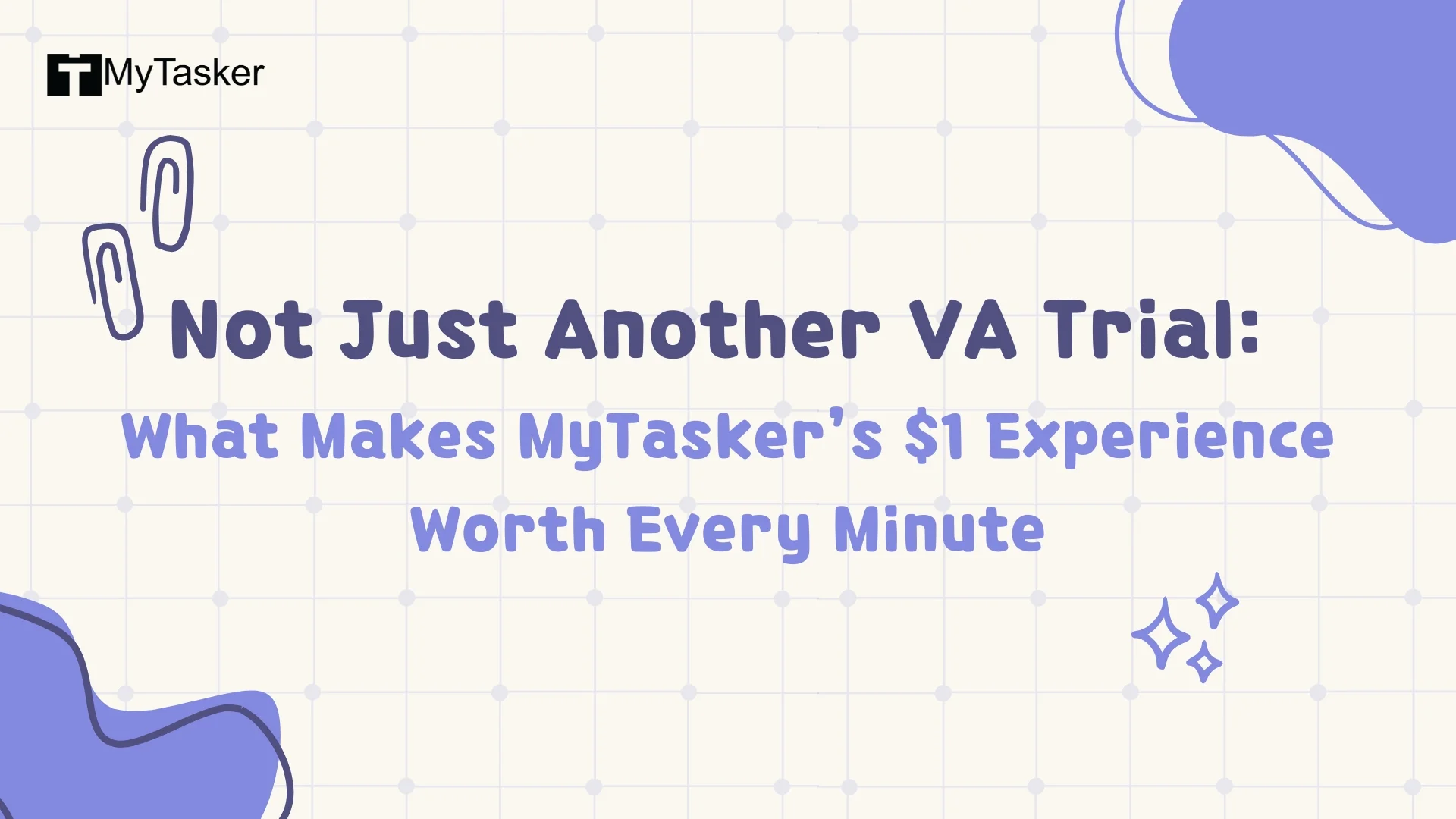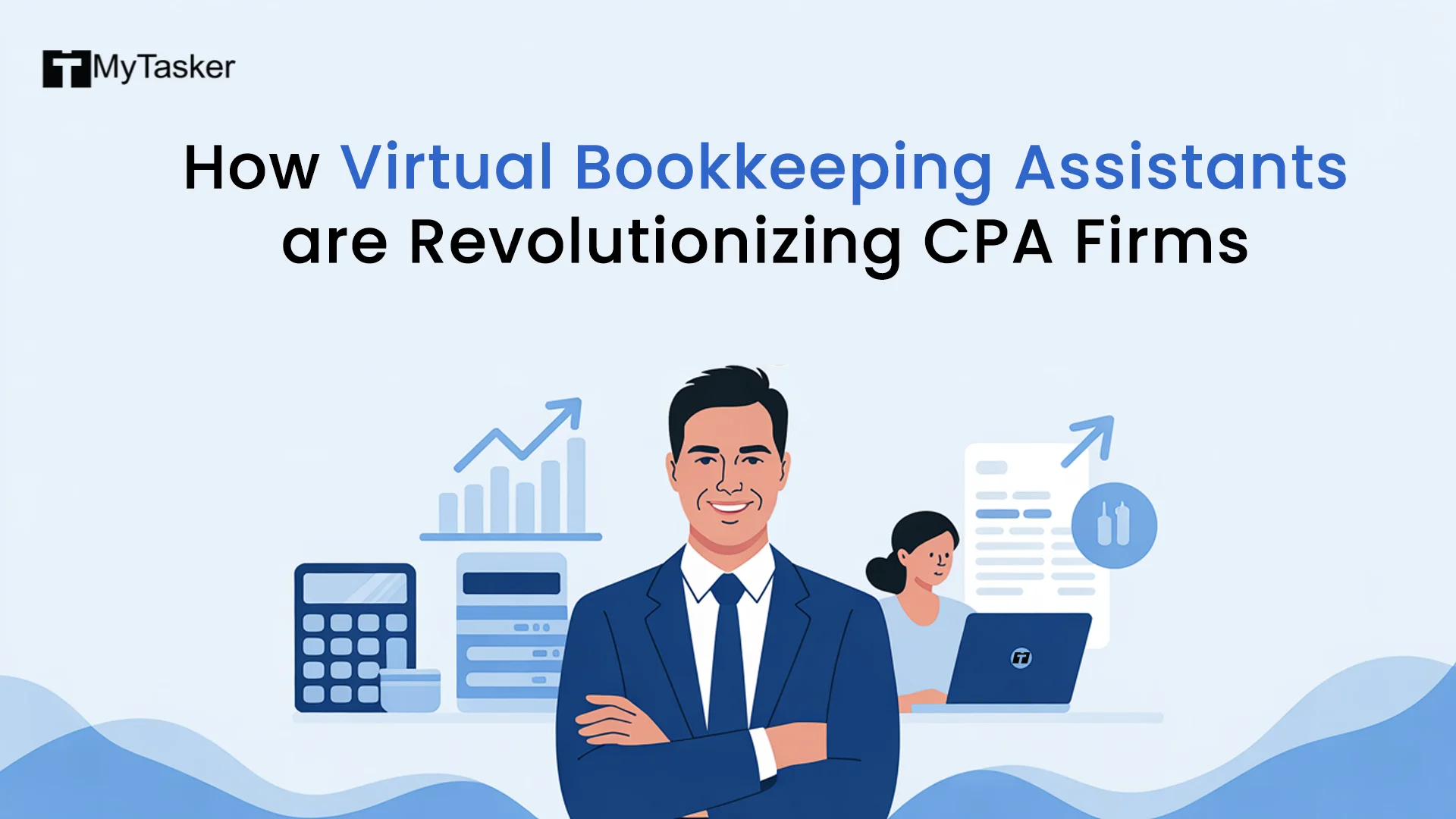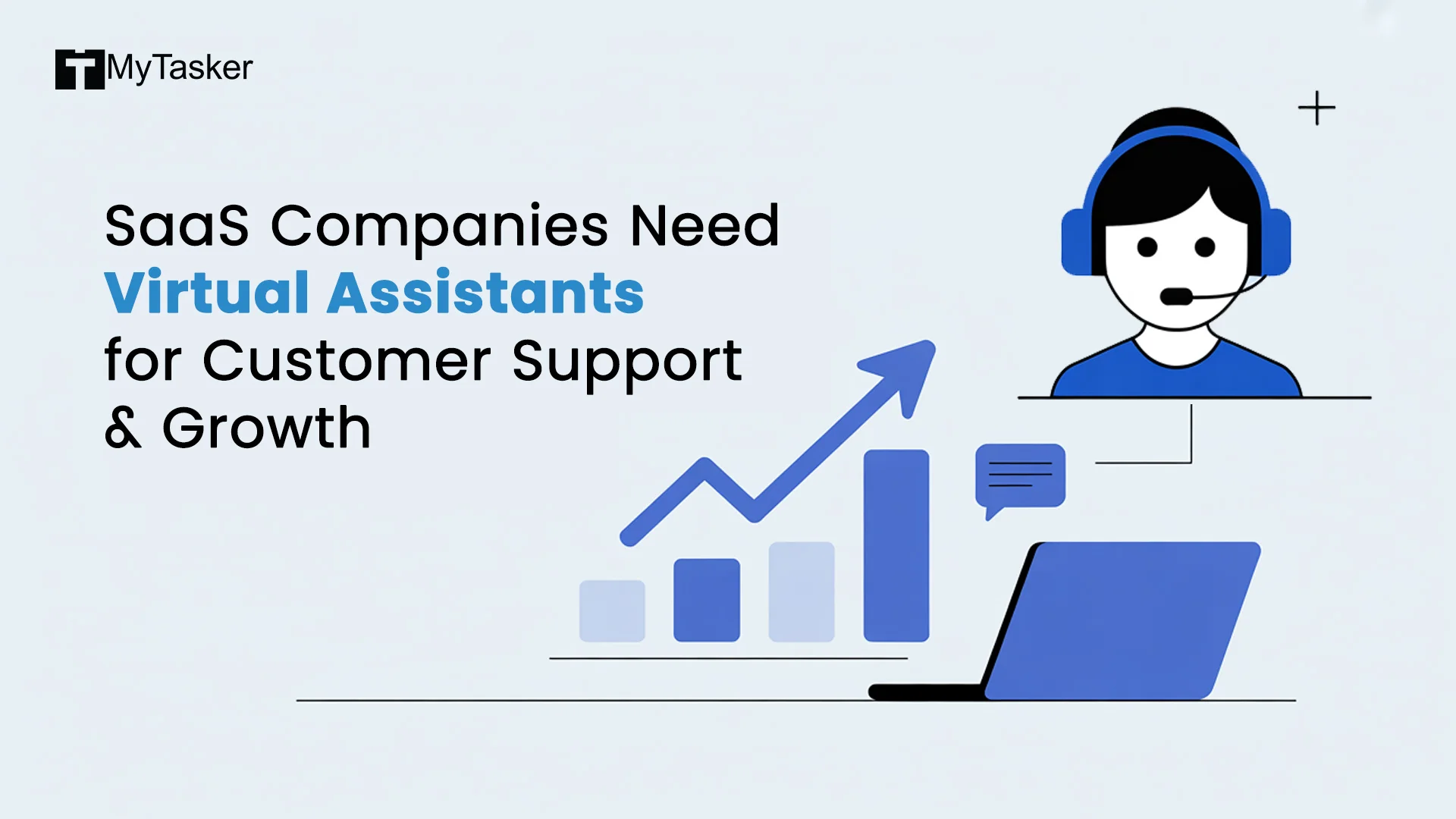SEO (Search Engine Optimization) is a vital process to boost website or content ranking. The primary objective is to display your site on the first page of Google. Whether it’s organic or paid campaigns, SEO helps the audience to find your business website easily. As there are multiple ways of performing SEO, it is crucial that you first prioritize the concept of the SEO Pyramid. There are certain stages of search engine optimization and SEO Pyramid helps you to focus on specific areas to achieve the best results. So, it’s time to acclaim your marketing efforts and maximize their potential.
What is SEO Pyramid?
Strategically, the SEO Pyramid is a framework divided into stages. The purpose of this framework is to assist the processes of overall SEO integration. The primary components of the SEO Pyramid are:
- Technical SEO
- Keyword Research
- Content Creation
- On-page SEO
- Off-page SEO
- Local SEO
These components ensure orderly optimization. Like a pyramid, SEO Pyramid too places the basic elements at the base and the advanced or complex components at the upper stages. There are different versions of the pyramid. Nevertheless, the basic approach is similar. A specific SEO Pyramid version is applied based on the type of website and marketing requirements.
Technical SEO
Technical SEO is the base of the SEO Pyramid. This is the best foundation for any website as it ensures that the site is easily understandable and accessible by search engines. Technical SEO also helps a website provide a top-class user experience for visitors. This stage includes all the technical aspects of a website that affect indexability, crawl-ability, visibility and performance. SEO Pyramid foundation ensures websites and content appear correctly for search terms on SERPs. This is the basic level for all SEO procedures and applies to small business SEO strategies.
Technical SEO Ranking Factors:
- Mobile Friendliness
- Optimal User Experience
- Secure Website Connection
- Meeting Basic Web Vitals
- JavaScript Rendering
- Redirects
- XML Sitemap
Keyword Research
Now, it’s time to proceed to the next tier from the basic level. This stage is called Keyword Research. Here, you need to find relevant topics and keywords that suit your website. These keywords are used to optimize the content. This is a crucial stage. Here you can determine the target audience, SERP rankings, and volume of effort required. In this stage, the keywords prioritized are basically the search terms used by your target audience. These words and phrases help to build a map for a strong semantic SEO.
Keyword Research Ranking Factors:
- Topical Authority
- Topical Coverage
- Keyword Cannibalization
- Keyword Relevancy
- Semantic SEO
- LSI Keywords
Content Creation
The third tier in the Pyramid is Content Creation. This stage is designed to utilize the keywords and topics researched in the previous stage. These are required for creating SEO-based content that is engaging, grammatically correct, and plagiarism free. Add this content to your website to ensure maximum target audience value. Write your content to align with audience interests. Blogs, website content, landing pages, infographics, FAQs, product descriptions, and video descriptions are some examples. The ultimate goal of this stage is to craft content that has the ability to convert visitors into potential customers. Remember, content creation is a successful SEO strategy aspect and thus, work with experienced SEO content writing services who can do justice to your SEO objectives.
Content Creation Ranking Factors:
- Low in Information
- Duplicated Content
- Relevancy
- High-Quality Content
- Grammar and Spelling
On-Page SEO
The next stage in the SEO Pyramid is On-Page SEO. Once you prepare the content, it's time to publish them. Ensure the page is properly optimized when you publish the content. This is where on-page SEO comes in. This helps to boost website visibility and relevancy in search engines. Complete all on-page SEO work before you publish. On-page SEO is all about optimizing each page with specific keywords to deliver the optimum user experience. This stage helps search engines to identify the content type and rank it accordingly.
On-Page SEO Ranking Factors:
- Internal Linking
- Anchor Text
- Schema Markup
- Keyword Insertion and placement
- Image Optimization
- Title Tags
- Meta Description
- Page URLs
- Click-Through Rate
Off-Page SEO
Once you are done with on-page SEO the next step in the SEO Pyramid is Off-Page SEO. Make sure your website has at least 20-30 pages to achieve satisfactory results. It’s better to discuss your ideas with an experienced team of digital marketers and website developers to plan the number of pages required. Off-page SEO builds online brand reputation. It’s quite simple, the term “Off-Page” means everything that is involved off the page. The search engine optimization process includes an active social media presence, high-quality backlink building, and managing online reviews. It increases website authority. This also improves the overall ranking in terms of search results.
Off-Page SEO Ranking Factors:
- Reviews Management
- Social Media Management
- Link Authority
- Anchor Text
- Brand Mentions
Local SEO
At the tip of the SEO Pyramid is the Local SEO. This is a crucial approach for businesses to improve local brand awareness. Local SEO is targeted to drive more traffic to the website/online store or offline shop front. The basic objective of local SEO is similar to the other two tiers in the pyramid i.e. optimizing the website. Local keywords are used in this campaign to target local search results and attract the target audience locally. This is an ideal strategy to promote local products to local customers and here, an experienced SEO and digital marketing agency may help.
Local SEO Ranking Factors:
- Spam Listing
- Google Business Profile Setup
- Local Backlinking
- Personalization
- Local Keyword Reviewing
The Importance of SEO Pyramid
If you are new to SEO planning and implementation, it’s good to start according to the stages of the SEO Pyramid. It gives you a better understanding due to the organized ways of website optimization. Also, it guides the process in a better way. Implementing the SEO Pyramid along with various optimization tools can make the marketing process a lot simple and easy. The pyramid stages ensure a systematic approach for your website. It boosts ranking, efficiency, branding, and traffic.
Improving Your Site Ranking with SEO Pyramid Strategies
Hope it’s clear to you that the SEO Pyramid helps with better website ranking and search engine results. Nevertheless, determine how to proceed with the SEO Pyramid strategies. Use the SEO Pyramid to find the finest moves to improve website rankings.
-
Ensure Google Indexes Your Pages
Starting with the basic level, be sure that your website has been crawled and indexed by Google. At the very first stage, do not jump to a conclusion. Check whether you’ll go for organic traffic or pay-per-click. First, let your website settle amid the digital congregation. Post crawling, Google will collect all the necessary information from your site to make it prepare for the ranking game.
-
Implement Robot.txt file
Implementing this file will help Google to understand which sections or pages need to be crawled and which do not. In most cases, robot.txt files are used for sections that include admin or member information.
-
Secure Your Website with SSL
Security is an important factor for Google. Without HTTPS, Google won’t trust your site and eventually stop sending traffic. Therefore, it matters if you want to conduct proper website optimization. So, ensure you have this SSL certification in order to achieve a good ranking. Additionally, you can install a security plugin for your website.
-
Focus on the Loading Speed
The loading speed of your site decides how your visitors will behave. It doesn’t matter whether you have golden words or high-quality images. Visitors will turn to another site if your loading speed is more than 2 seconds. This will eventually increase the Bounce Rate. Also, Google prefers those sites which have a good loading speed. Google tracks metrics for user experience. So, what’s the point of having the best content if visitors are unable to view it? Optimize and compress images before you upload to provide better organic traffic.
-
Ensure Responsive Design
Mobile-friendliness has become a basic necessity for every site as users mostly browse through mobile devices. Ensure the audiences can view your content properly on different mobile devices. These are mainly tablets, smartphones, notebooks, and laptops. A mobile-friendly website allows users to:
- Easily navigate to various inner pages
- Zoom as per the requirement
- Quickly access the interaction buttons
- Clearly read the content on your site
So, mobile-first indexing is a significant factor to achieve results through the SEO Pyramid.
-
Optimize the Website Structure
Site Map is the least important factor for technical SEO but plays a significant role when it comes to engagement. SEO-based website structures ensure better understanding for search engines and visitors who are coming to your site. Better site structure also helps in smooth crawling and link building. Take help from a skilled website designer who can assist you in this regard.
-
Canonical Tags for Main Pages
Some e-commerce websites have different versions for the same pages. Therefore, it’s pivotal to use canonical tags for indicating which version is the primary multiple content management system to make it easier to implement these tags. For instance, WordPress has a premium version plugin called Yoast SEO that automatically adds conical tags.
-
Keyword Research & Ranking
Keyword research is an important part that comes before creating various tools to help at finding relevant keywords based on your business type. Implement a set of keywords and analyse the ranking to determine their performance.
-
Optimize Page Titles & Meta Descriptions
Google uses page titles and meta descriptions to feature the snippets that we see on the search engine results page. The page title is the link on which the visitors will click to enter your site. Therefore, it needs to be unique to achieve higher clicks. Description on the other hand contains the short answers to a user’s query. This also helps in increasing the click-through rate.
Long-Term Sustainability for SEO Efforts
Let your business achieve what it wants. Respect the efforts you give through SEO strategy and planning. Whether it’s off-page or on-page optimization, aim for long-term sustainability to ensure fruitful results keep coming consistently. Establish a solid foundation with the help of SEO Pyramid and stand the test of various algorithm updates from Google. Overall SEO Pyramid implementation benefits include a strong business presence.
SEO Takes Time, But Results are Evergreen
As a small-scale business owner or entrepreneur, you might be looking for an immediate result after investing in SEO. Well, let’s make it clear that SEO rankings take time. However, once the momentum is gained, it provides evergreen results. So, patience is all you need.
Also, if you want quicker results, then switch to paid campaigns. Nevertheless, stay focused on organic results or local SEO initially to prevent huge investments. Take your time, and consult your ideas and probabilities with an experienced digital marketing team to construct a robust campaign. SEO is an approach that pays back every dollar and time after consuming a significant amount.
Take Home
The important part of the SEO Pyramid is, each stage matters a lot and every implementation must be done under proper guidance from a professional digital marketing consulting firm. You can also choose to pair up with a professional team who can provide digital marketing, website development and other services as required.
MyTasker is one such organization that helps small businesses across the globe. To implement the best practices of the SEO Pyramid get in touch with our experts and discover the wonder world of SEO.















